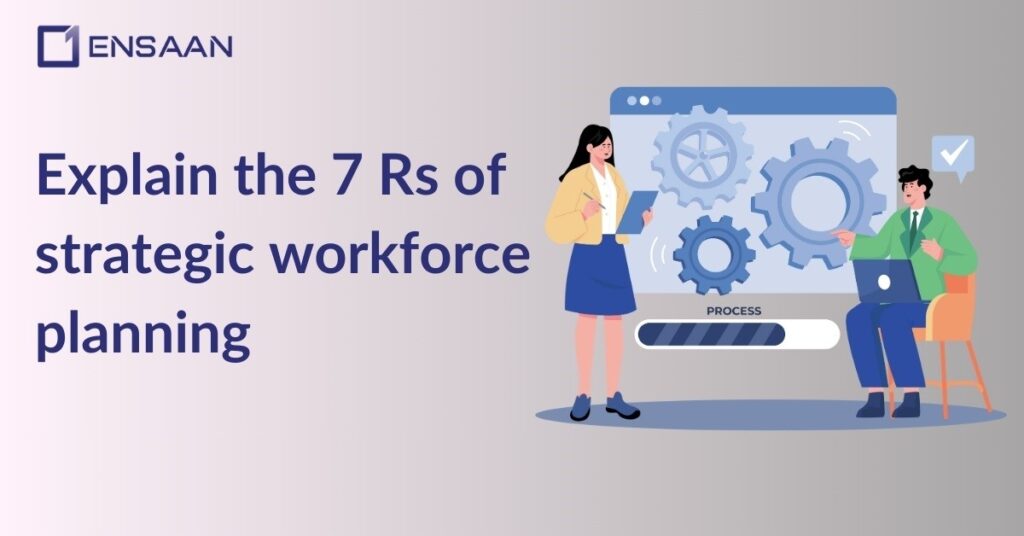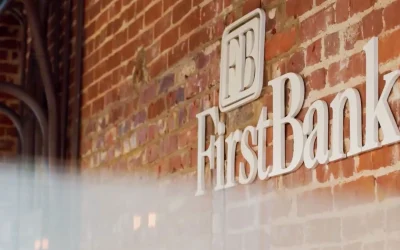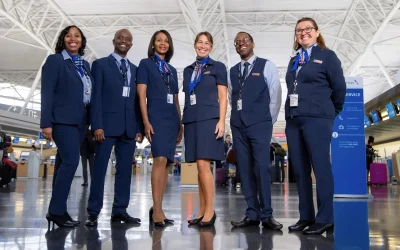In today’s fast-paced and ever-evolving business environment, organizations must be agile, proactive, and strategic in managing their workforce.
The success of any company relies on aligning its human capital with long-term goals. It is here that the significance of strategic workforce planning comes in.
The backbone of SWP is the work methodology called the 7 Rs, which has gained popularity with organizations working towards achieving and maintaining the right mix of workforces to absorb existing and future demand.
In this blog post, we guide you through the 7 Rs of strategic workforce planning through the PAS (Problem-Agitate-Solution) copywriting framework.
Fluff and fancy adjectives kept away, the focus will be on actionable insights, factual data, and real-world examples.
By the end, you will have a clear picture of how to apply the 7 Rs in your organization and create a future-ready workforce.
Table of contents
Why Workforce Planning Matters?
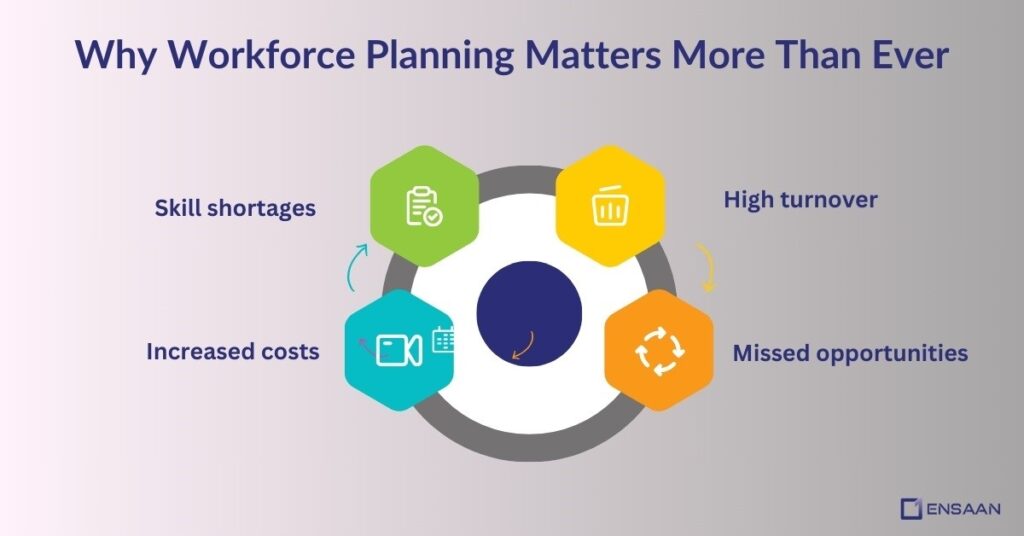
The workforce is undergoing a major global changing landscape.
According to a McKinsey report, 87% of companies across the globe are aware that they either currently have a skills gap or will face one in a few years.
Additionally, the World Economic Forum predicts that by 2025, 50% of all employees will need reskilling because of technological advancements and automation.
Organizations that don’t carry out a strategic workforce plan risk pulling too far behind becoming strained by:
- Skill shortages: Unable to find employees with just the right skills for critical roles.
- High turnover: Skilled employees abandoning the company for not being sufficiently aligned with work.
- Increased costs: Ongoing recruitment, training, and retention efforts that are yet being returned on investment (ROI).
- Missed opportunities: Not being able to capitalize on market trends because of being short on skilled personnel.
These challenges highlight the need for a structured approach to workforce planning; enter the 7 Rs framework.
What Happens Without Strategic Workforce Planning?
Your company gets a major contract that could double revenues.
No big deal, right?
Let’s say, however, that you do not have a sufficient workforce with the technical knowledge to deliver on the project.
You hurry to source new talents, but the recruitment takes a long time. By the time the recruits are taken on board, the project is lagging schedule, and the client is really upset.
That scenario isn’t theoretical; in a survey by Gartner, 46% of HR leaders mentioned talent shortages as the primary obstacle toward business goals.
Without strategic workforce planning, an organization is basically flying blind, battling the setbacks instead of preventing them.
7 Rs of Strategic Workforce Planning
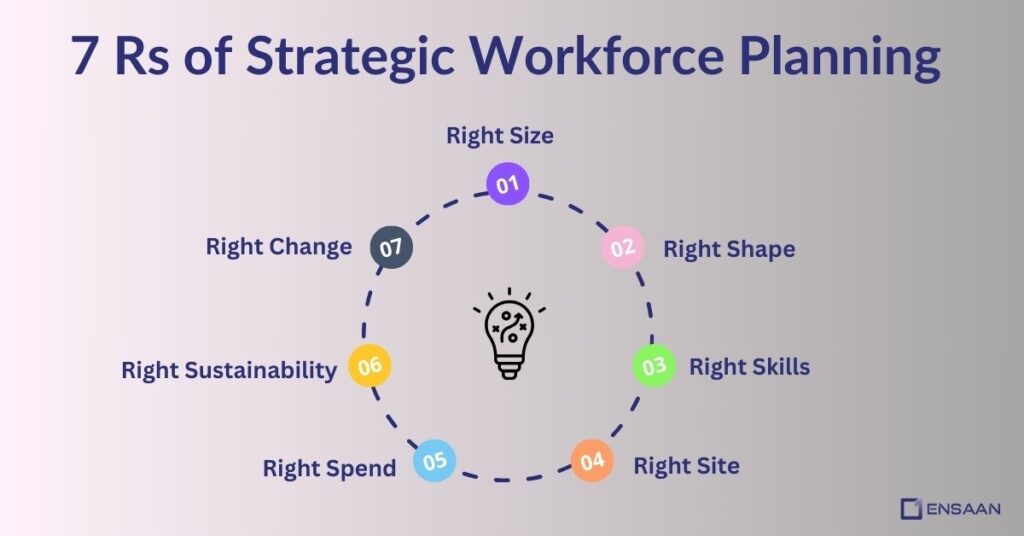
The 7 Rs framework provides a roadmap for aligning your workforce with your business strategy.
Let’s break down one by one the 7 Rs called here, with cases and tips to execute them.
1. Right Size:
What It Means: Having just the right number of employees-sufficient yet not too much-needed to accomplish the specific organizational goals.
Why It Matters: Employment under the required number would lead to burnout or missed opportunities, while overstaffing incurs non-productive costs.
Case Study: In 2019, Ford Motor Company announced a succession plan for the retrenchment of about 7000 employees worldwide as part of a restructuring scheme.
The restructuring was intended for the streamlining of operations for a focus on emerging technologies like electric vehicles.
Rightsizing will aid Ford in saving Jet 600 million-dollar per annum with a redirection in resource allocation toward high-priority areas.
Actionable Tip: Perform a workforce assessment at a defined period to check if the headcount in place is suitable for the business goals.
2. Right Shape:
What It Means: Structuring your workforce to have the right mix of skills, roles, and levels.
Why It Matters: A well-shaped workforce covers all critical functions with appropriate levels of responsibilities for individuals.
Case Study: Google offers a good example of the “70-20-10” model, wherein 70% of employees devote themselves to explicit core business functions, 20% get engaged into adjacent projects, and 10% are working in disruptive, high-risk initiatives. The model enables Google to pursue both stability and innovation.
Actionable Tip: Workforce analytics should be used to identify skill gaps and media for restructuring the teams.
3. Right Skills:
What It Means: In business, Right Skill means that employees are equipped with skills to meet the current and future needs of the organization.
Why It Matters: The rapid pace of change in the technological world means skills are going extinct before you can finish reading this column.
Case Study: AT&T started a huge reskilling initiative called “Future Ready” after realizing that nearly half of its workforce did not have the skills to support the company’s digital transformation.
The program has since trained over 140,000 employees in areas like data science and cloud computing.
Actionable Tip: Invest in upskilling and reskilling programs to future-proof your workforce.
4. Right Site:
What It Means: Placing employees in the right locations to maximize efficiency and productivity.
Why It Matters: Geographic mismatches can lead to inefficiencies and increased costs.
Case Study: HSBC relocated 1,000 roles from the UK to lower-cost locations like India and Poland as part of its cost-saving strategy. This moves not only reduced expenses but also allowed the bank to tap into new talent pools.
Actionable Tip: Use location analytics to determine where your workforce should be based for optimal performance.
5. Right Spend:
What It Means: Allocating your workforce budget effectively to get the best return on investment.
Why It Matters: Misaligned spending can lead to wasted resources and financial strain.
Case Study: Unilever implemented a zero-based budgeting approach for its workforce, ensuring that every dollar spent on talent acquisition and development directly supported business goals. This strategy helped the company save $2 billion over three years.
Actionable Tip: Regularly review your workforce budget to ensure it aligns with strategic priorities.
6. Right Sustainability:
What It Means: Building a workforce that can adapt to long-term changes and challenges.
Why It Matters: A sustainable workforce is resilient and capable of thriving in uncertain conditions.
Case Study: Patagonia focuses on sustainability not just in its products but also in its workforce.
The company offers flexible work arrangements and invests in employee well-being, resulting in a turnover rate that’s 30% lower than the industry average.
Actionable Tip: Prioritize employee engagement and well-being to build a sustainable workforce.
7. Right Change:
What It Means: Preparing your workforce to adapt to organizational changes, such as mergers, acquisitions, or digital transformation.
Why It Matters: Resistance to change can derail even the best-laid plans.
Case Study: When Microsoft shifted its focus to cloud computing, it invested heavily in change management programs to help employees transition to new roles and technologies. This approach was instrumental in the company’s successful pivot.
Actionable Tip: Develop a robust change management strategy to guide your workforce through transitions.
Conclusion
The 7 Rs of strategic workforce planning provide a comprehensive framework for aligning your workforce with your business strategy.
By focusing on the right size, shape, skills, site, spend, sustainability, and change, you can build a workforce that’s not only equipped to meet current demands but also prepared for future challenges.
Organizations that embrace this framework will be better positioned to navigate the complexities of the modern business landscape.
As the examples of Ford, Google, AT&T, HSBC, Unilever, Patagonia, and Microsoft demonstrate, the 7 Rs are not just theoretical concepts they are practical tools that drive real-world results.
FAQs
It aligns an organization workforce with its business goals to ensure the right talent is available at the right time.
It optimizes hiring, skills development, workforce size, structure, location, cost, and timing for better efficiency.
It prevents talent shortages, reduces hiring costs, and improves retention while ensuring smooth operations.
Yes, small businesses can custom it to their needs and budget.
AI-driven analytics, HR software like Workday, and upskilling programs like Amazon’s Technical Academy.

